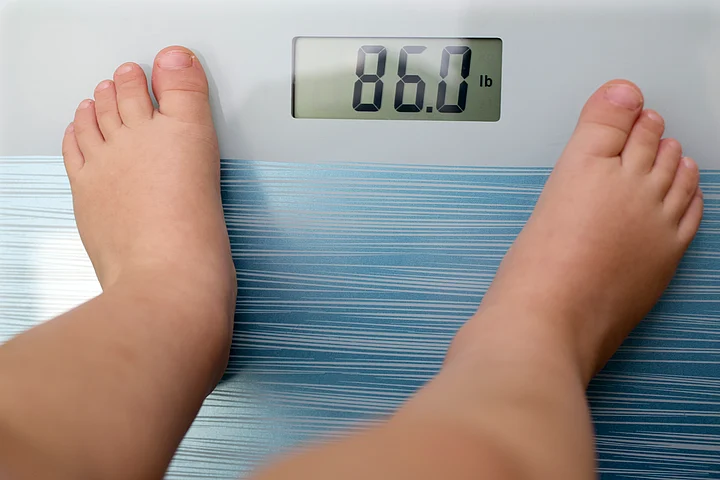Even as Indian children continue to grapple with undernutrition, the first ever national nutrition survey of children and adolescents shows a growing risk of non-communicable diseases (NCDs) such as diabetes, hypertension and chronic kidney disease, with many showing early signs of these diseases.
Almost one in 10 children, 5 to 9 years, were pre-diabetic and 1% were already diabetic, according to the government’s Comprehensive National Nutrition Survey (CNNS), released on 8 October 2019.
About 5% of children and adolescents, 5-19 years, were overweight, the survey found.
Signs of high cholesterol and triglycerides in children and adolescents — India’s future working-age population — that increases risk for heart disease, stroke and other NCDs puts our growth opportunity from our young population at risk.
The survey was conducted between 2016 and 2018 by the Ministry of Health And Family Welfare, with the United Nations Children’s Fund and the Population Council of India. It surveyed a sample of 112,000 children in 30 states.
The CNNS is the first survey to give detailed nutrition information of children between 5 and 14 years, and to study overnutrition and markers of NCDs in children.
Previous national surveys studied the health status of children up to five years, and of those above 15 years. Other than measuring under nutrition and over-nutrition, the survey was also the largest micro-nutrient survey implemented globally, the CNNS report said.
Reducing Undernutrition, Increasing Overnutrition
One in three (35%) children, younger than five years, were stunted — low height for age; 33% were underweight, one in six (17%) were wasted — low weight for height; and 41% were anaemic, found the CNNS.
The prevalence of undernutrition-related diseases during 2016-18, when this survey was conducted, was lower than it was during the National Family Health Survey of 2015-16, which found that 38.3% of children were stunted, 35.8% were underweight, and 21% were wasted.
“It’s good news for Poshan Abhiyan,” tweeted Alok Kumar, an advisor to the NITI Aayog, the Centre’s policy think-tank, referring to the National Nutrition Mission that aims for a 25% fall in the prevalence of child stunting and a three-percentage-point annual decline in the prevalence of anemia among women and children under the age of five years of age by 2022.
(This article was originally published on IndiaSpend and has been republished with permission.)
(Delhi is in a public health emergency and schools have been shut. The air outside is visibly toxic - how has the hazardous air #pollution impacted you? Write down your #PollutionKaSolution and send it to us at FIT@thequint.com. )
(At The Quint, we question everything. Play an active role in shaping our journalism by becoming a member today.)
